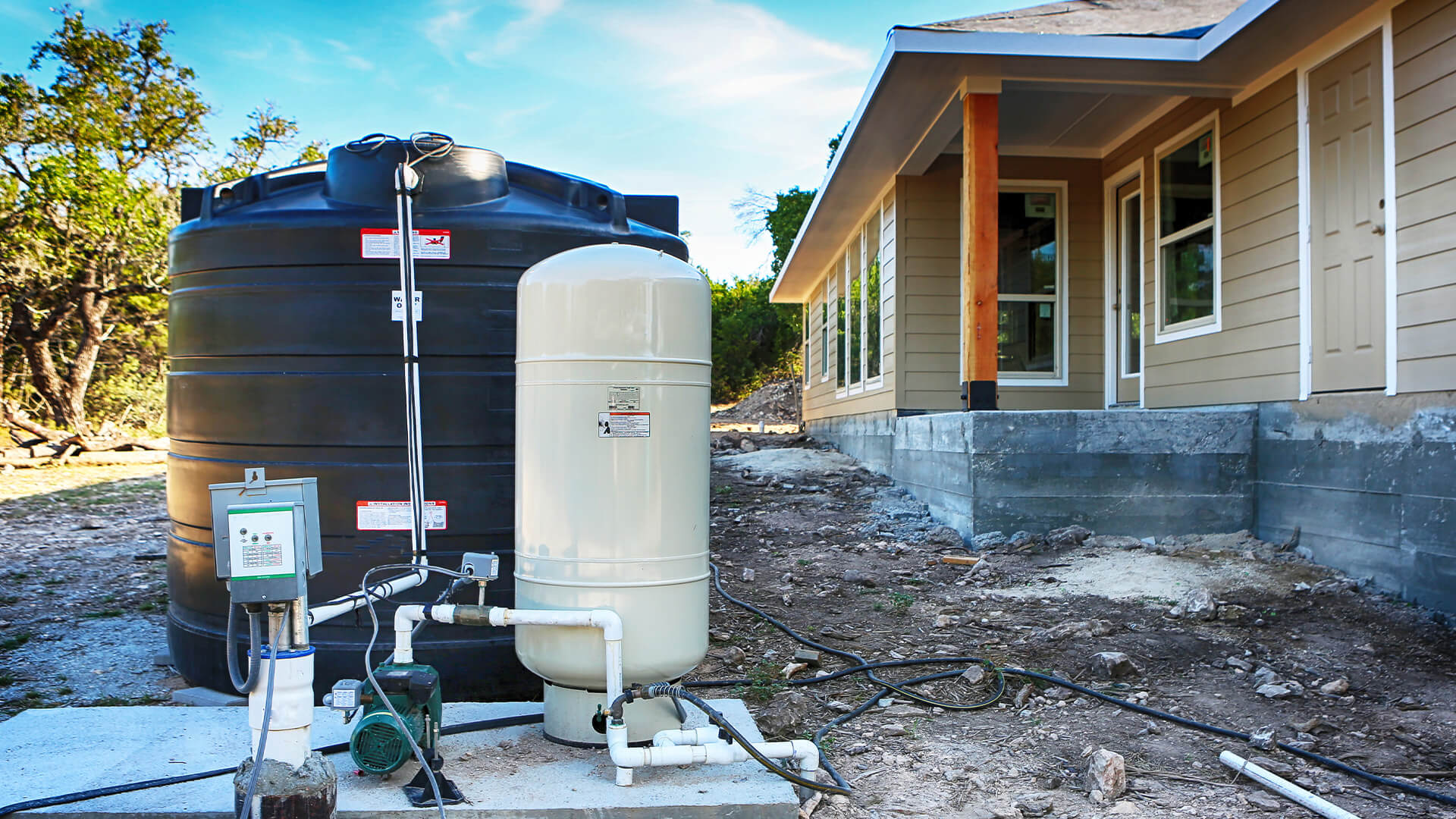Water wells provide an additional water source at home or on the farm. Drilling a hole allows you to have access to groundwater that’s typically safer to drink compared to surface water.
Using a well water system not only requires proper construction but adequate maintenance, too. It shouldn’t be left alone once it has become functional. As it generates the water you consume, your health may depend on it.
What is a Water Well?
A water well is a hole in the ground with a pipe or casing reaching up to the aquifer—a layer of sand and gravel or other sediments holding water from underground. Another essential part of a well water system is the pump, which sucks in the water from the deeper layers as well as transports water towards the plumbing system.
Well system depth varies depending on factors such as groundwater depth, quality, and the geologic conditions at the site.
Choosing the Best Site for Your Well
Before anything else, make sure to check the regulations set by the local laws in your area as you need to secure required permits and licenses before digging a hole for your well. Coordinating with the proper agencies allows you to be informed of all the regulations in making your well water system. In some cases, you may need to hire professionals like EPP Well Solutions and others like them to construct your well water system.
Some states have restrictions on the distance of a deep well water system to buildings and utilities buried underground such as gas and power lines. A good rule of thumb is to ensure your well is more than 100 feet away from contaminants. Storage tanks for chemicals, oil, and septic tanks are the first few things you don’t want your well to be located close to.
Do’s in Maximizing Your Well Water System
If you feel confident you can do it yourself, check out the following instructions on how to create a water well. Once you’ve done your research, make sure to practice these steps:
- Make sure to have your water quality tested by professionals annually.
- Have your water tested in cases where changes in the water’s odor, appearance, and taste are experienced.
- A chemical spill or contamination in your locality is a good time to have the water tested.
- Make sure you mow the area around your well carefully to prevent exposing your well to contamination.
- When landscaping, make sure the surface water can’t access your well by keeping the top portion more the one foot above the ground.
- In case of flooding near your well, have the water tested by professionals before using it.
- Conduct regular maintenance checks of your wellhead. Make sure the cap isn’t damaged and the body parts aren’t corroded.
- Install a sealed sanitary cap to further protect your water source from contaminants and insects.
- Install backflow prevention tools on all faucets with hose connections to prevent pollutants from getting back into the hoses and into our water source.
- Keep all documents in a safe and accessible place. This should include all the permits, licenses, construction and repair records, as well as maintenance and testing results. You’ll need these to show to the water technicians in case of major works.
Taking heed of these activities, especially water quality testing, allows you to keep your well water system safe to use. Regular maintenance can also help professionals spot minor damages like cracks and seepages. Having regular checkups can prevent a minor problem from getting worse, helping you maintain a safe and potable water supply.
Don’ts in Taking Care of Your Well Water System
A well water system is a sensitive fixture, and care should be taken on what you’re doing above the surface to ensure underground water safety. Here are the things to help avoid contaminants from seeping into your water system:
- When constructing your well, don’t settle for cheap contractors. Choose a duly licensed water service provider to ensure the project goes well. Opting for a professional team of well drillers and pump installers can also save you from headaches down the road.
- Putting liquid chlorine in your water system damages the parts of your well. It can corrode metals comprising most of your well parts: steel casing, galvanized pipes, and the pump itself.
- When mixing chemicals, pesticides, and other hazardous materials, don’t place the hose inside the container to prevent contaminating the water source.
- Never dump or leave containers of chemicals on the ground and near your well.
- Don’t remove the well cap on your own. Leave it to well contractors to open your well to avoid the submersible pump from getting damaged.
- When washing your clothes in well water loaded with iron, don’t use bleach as it could stain your clothes.
- Before introducing a water softener or any additives to your well water system, consult with health professionals first.
Preventing pollutants from contaminating your water supply is just as important as avoiding physical damage to your water system, especially since much of the system relies on the purity of underground water.
Final Thoughts
Annual water quality checks and preventive maintenance are beneficial in making sure your water supply stays safe. In instances where you feel something’s off such as changes to the odor, color, and taste of water from your well, have your water tested by professionals even if you’ve just had it checked.
































